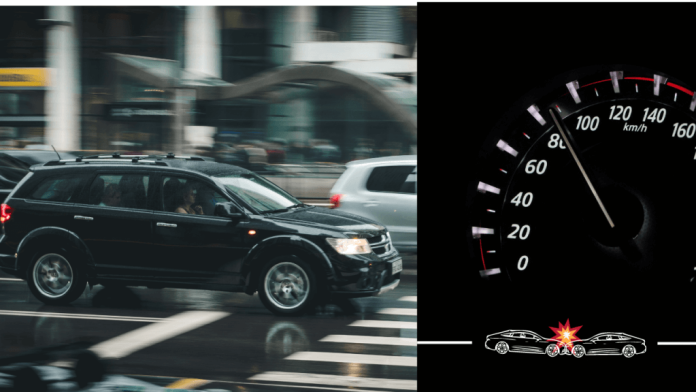
Every year, car accidents cause significant emotional and financial hardship for countless individuals and families. While many factors can contribute to these collisions, speeding remains a major culprit. If you’ve been injured in a car accident caused by a speeding driver, car accident attorneys can help you navigate the legal process and seek compensation for your damages.
Beyond the potential legal ramifications, understanding how excess speed contributes to car accidents empowers all drivers to make safer choices on the road.
The Devastating Impact of Speeding
Speeding is a well-established factor in traffic fatalities and injuries. According to the National Highway Traffic Safety Administration (NHTSA), speeding was a contributing factor in over 29% of all fatal crashes in 2022. The faster a vehicle travels, the greater the force of impact in a collision. This translates to a higher risk of severe injuries or death for those involved.
The effects of speeding go beyond the immediate impact. Speeding drivers often have less reaction time, making it harder to avoid hazards or sudden stops. This can lead to rear-end collisions, head-on crashes, and swerving maneuvers that cause loss of control. The increased stopping distance required at higher speeds further reduces a driver’s ability to react safely to unexpected situations.
The Physics Behind the Danger
The laws of physics play a crucial role in explaining how excess speed contributes to car accidents. One key concept is momentum, which is the product of an object’s mass and velocity. The faster a vehicle travels, the greater its momentum. In a collision, this translates to a more forceful impact, causing greater damage and potential for injuries.
Another critical factor is stopping distance. The distance it takes a vehicle to come to a complete stop from a given speed is not linear. It increases dramatically as speed goes up. For example, a car traveling at 30 mph will take roughly twice as long to stop compared to a car traveling at 20 mph. This significantly reduces a speeding driver’s ability to avoid a collision.
Beyond the Numbers: The Human Factor
While the physics behind stopping distance and momentum are crucial, it’s important to consider the human element as well. Speeding drivers are more likely to engage in risky behaviors, such as tailgating, aggressive lane changes, or driving under the influence. These actions further increase the risk of an accident.
Excess speed can also impair a driver’s judgment. At high speeds, the ability to perceive hazards and react appropriately is diminished. Drivers may misjudge distances or reaction times of other vehicles, leading to collisions.

The Ripple Effect of Speeding
The consequences of speeding extend far beyond the initial crash. Injuries sustained in car accidents can lead to long-term medical expenses, lost wages, and emotional trauma. Families may face significant financial hardship and emotional distress. In the most tragic cases, speeding can result in the loss of a loved one.
Curbing the Speeding Problem
Fortunately, there are steps that can be taken to address the issue of speeding. These include:
- Increased enforcement: Law enforcement plays a vital role in deterring speeding by actively patrolling and issuing citations.
- Improved road design: Engineering roadways with lower speed limits in certain zones and incorporating features that encourage safe speeds can make a difference.
- Public awareness campaigns: Educating drivers about the dangers of speeding and the importance of obeying speed limits is crucial.
- Personal responsibility: Each driver has a personal responsibility to adhere to posted speed limits and adjust their speed based on road conditions and traffic.
By working together, communities can create a safer driving environment for everyone.
The Importance of Safe Driving Habits
Making safe choices behind the wheel is essential for preventing car accidents. This includes adhering to speed limits, maintaining a safe following distance, avoiding distractions, and being aware of your surroundings. If you see a driver speeding, move over and allow them to pass safely. By practicing defensive driving techniques, you can significantly reduce your risk of being involved in a speed-related collision.
Speeding is a dangerous and often deadly behavior that contributes significantly to car accidents. By understanding the physics and human factors involved, along with taking steps to promote safe driving habits, we can work towards a future with fewer accidents and safer roads for all.

































